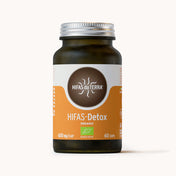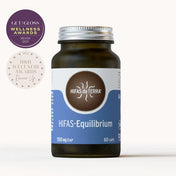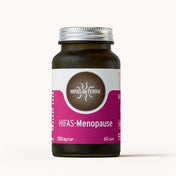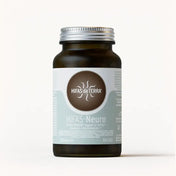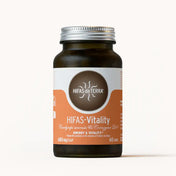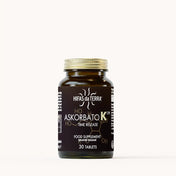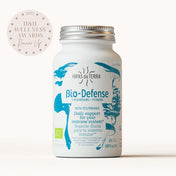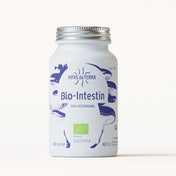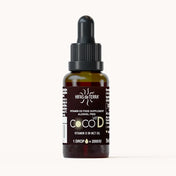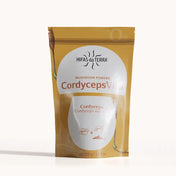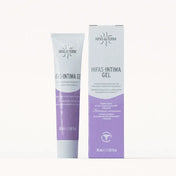The word "Ateroesclerosis" It comes from the Greek Atheros that could be translated as "porridge", because that looked like the fatty material that doctors found formerly when doing autopsies in the great arteries of those killed by a myocardial or brain infarction.
A little over 100 years ago, the famous R. Virchow researcher (the founder of cell pathology) was the first to point out that cholesterol was the main constituent of the Ateroma plates and that the occlusion of the arteries should cause in patients an increase in blood pressure or hypertension.
In 1950 the Framingham study (a statistical study) found a correlation between coronary heart disease (the occlusion of coronary arteries that irrigate the muscles of the heart, causing an infarction or ischemia) and the high levels of blood cholesterol.
These atheroma plates that upholster the interior walls of the large arteries are fundamentally constituted by Oxidized cholesterol And that is why it is considered that the presence of high blood cholesterol contents (especially LDL) is a risk factor of those atheroma plates.
But in reality, the process is much more complicated than the simple formation of a cholesterol cap and the real danger is not the obstruction of the arteries themselves, but the rupture and detachment of one of those plaques that entails the formation of a “thrombus”, that is, that part of the atherom preventing blood flow and food supply or irrigation of the affected tissue. The vast majority of vascular cardio accidents (stroke) are the result of an "ischemia" (tissue necrosis due to blood flow obstruction).
Atherosclerosis, why are Teroma plates?
There are several theories in this regard and natural medicine is inclined to that of vitamin C. Human beings (together with the guinea pigs and fruit bats) are the only living beings on the planet that do not synthesize vitamin C. All others: dogs, mice and lettuce, for example, manufacture their own vitamin C or ascorbic acid.
We should normally compensate for that deficiency by ingesting enough vitamin C contained in food. But, in the West there are many people who do not include fruits and vegetables in their diet or eat them cooked (with the consequent loss of an important part of ascorbic acid), so they are subject to a worrying lack of that vitamin.
Ascorbic acid is essential for the synthesis of the collagen, a fibrous protein that keeps cells together and is especially substantial to maintain the elasticity and strength of blood capillaries. If collagen production fails, arterial walls can be damaged and the body will try to repair the damage covering the injured area with a cholesterol plate, which acts as a scar and protective of the tissue.
The problem occurs when blood damage progresses and the organism has no better solution than covering the damaged area with the atheroma plaque, which is why the therapeutic trend is to avoid or limit the formation of the plate, limiting or decreasing the amount of cholesterol in the blood.
 Shiitake, due to the presence of erythadenine in its composition, is a recommended use fungus in case of atherosclerosis. / Hifas da Terra ©
Shiitake, due to the presence of erythadenine in its composition, is a recommended use fungus in case of atherosclerosis. / Hifas da Terra ©Mevastatin
By 1970, Japanese microbiologist Akira Endo discovered in a fungus cultivation Penicillium citrinum a chemical compound that it called mevastatin And that has the property of Inhibit the synthesis of cholesterol in the liver, by blocking the HMG-Coa reductase enzyme.
Erythadenine
In August 2009 Josefine Enman published his thesis before the University of Lulea (Sweden), about the production of eryitadenina for shiitake (Edodes lentinula) which summarizes your own investigations and everything that was previously known about the Capacity of this substance to reduce the synthesis of endogenous cholesterol.
Thus, published scientific studies show the ability of Shiitake extracts to act efficiently and with less side effects than synthetic statins. Also based on various Papers, the combination of Shiitake with the Vitamin c It can contribute, among other things and in the same way, to help inhibit the enzyme HMG-COA reductase.
